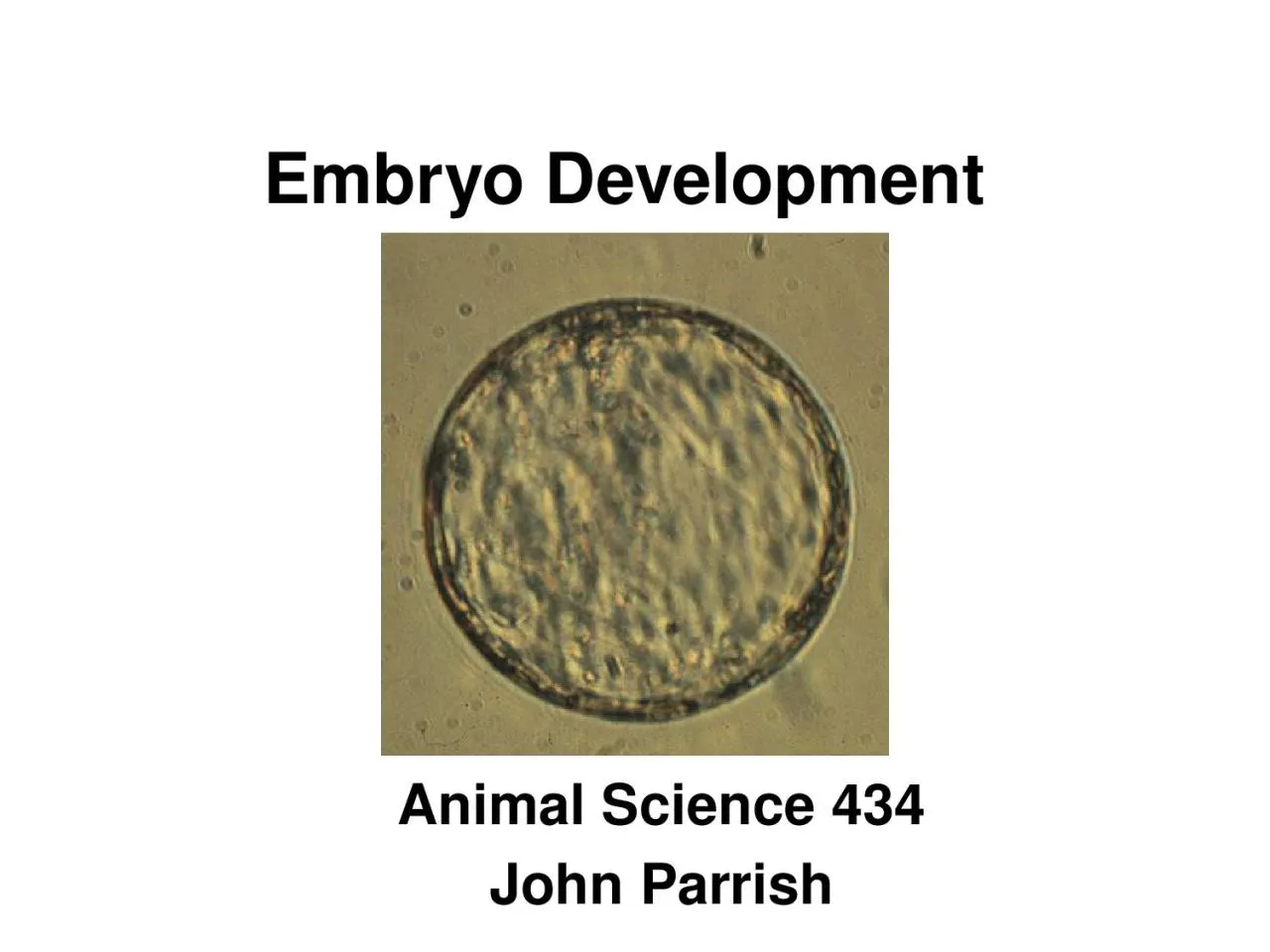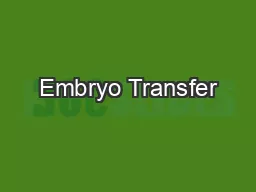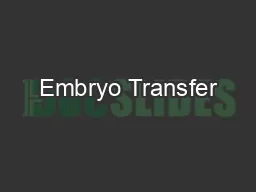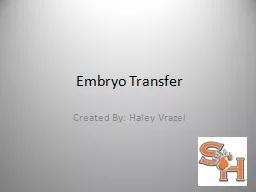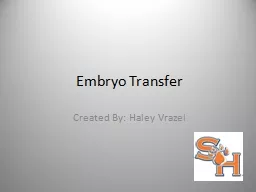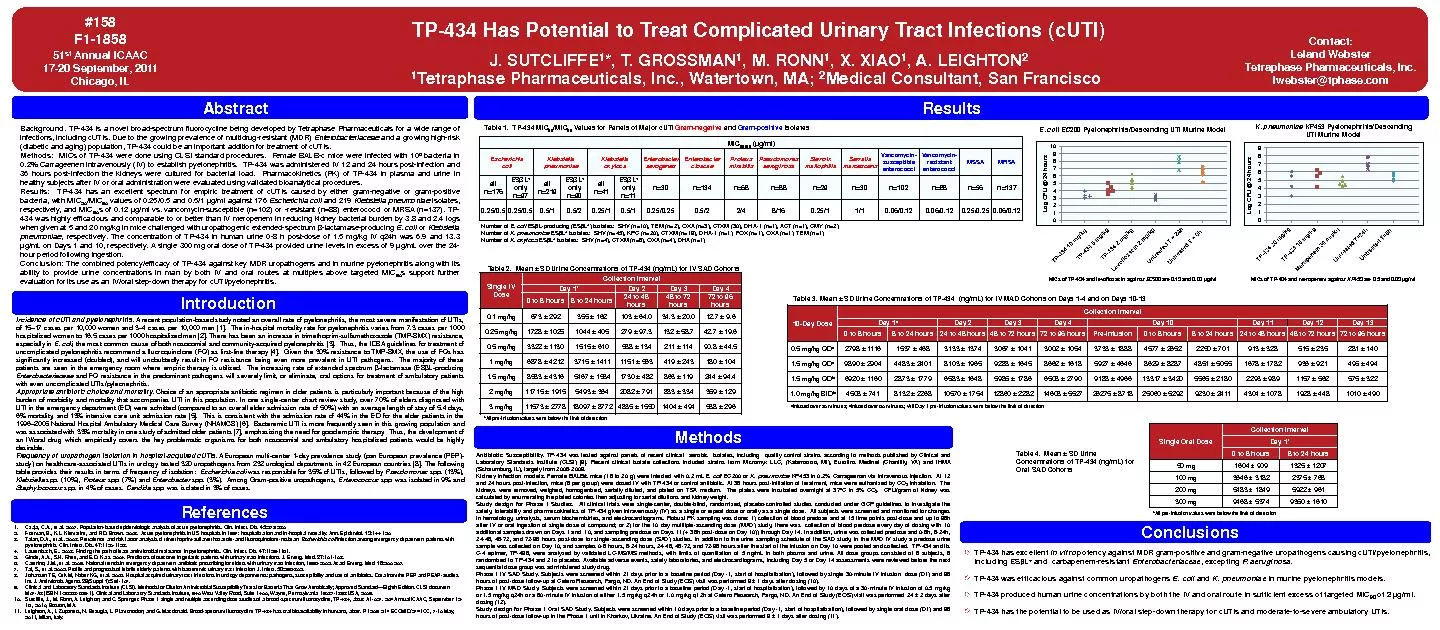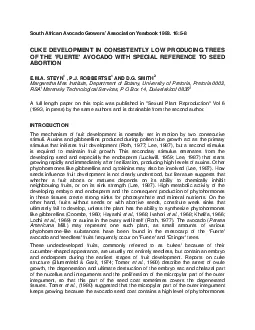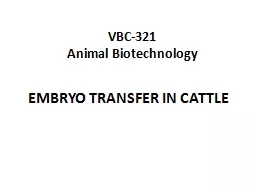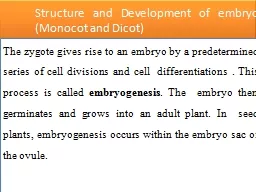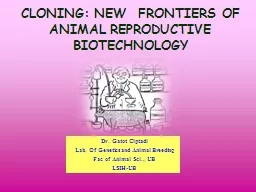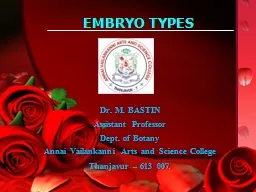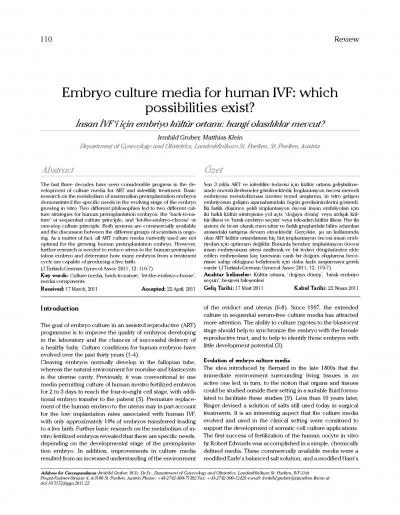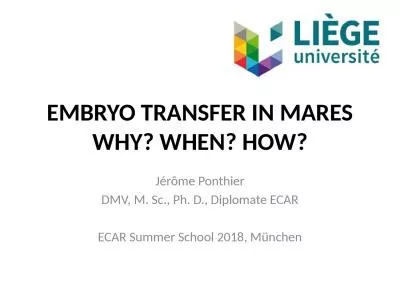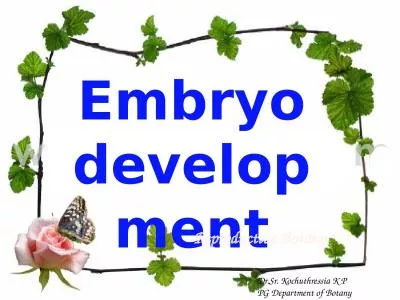PPT-Embryo Development Animal Science 434
Author : summer | Published Date : 2022-06-01
John Parrish Errors in Fertilization Polyspermy polyandry Multiple sperm penetration Invertebrates excess sperm eliminated because sperm centriole contributes to
Presentation Embed Code
Download Presentation
Download Presentation The PPT/PDF document "Embryo Development Animal Science 434" is the property of its rightful owner. Permission is granted to download and print the materials on this website for personal, non-commercial use only, and to display it on your personal computer provided you do not modify the materials and that you retain all copyright notices contained in the materials. By downloading content from our website, you accept the terms of this agreement.
Embryo Development Animal Science 434: Transcript
Download Rules Of Document
"Embryo Development Animal Science 434"The content belongs to its owner. You may download and print it for personal use, without modification, and keep all copyright notices. By downloading, you agree to these terms.
Related Documents

